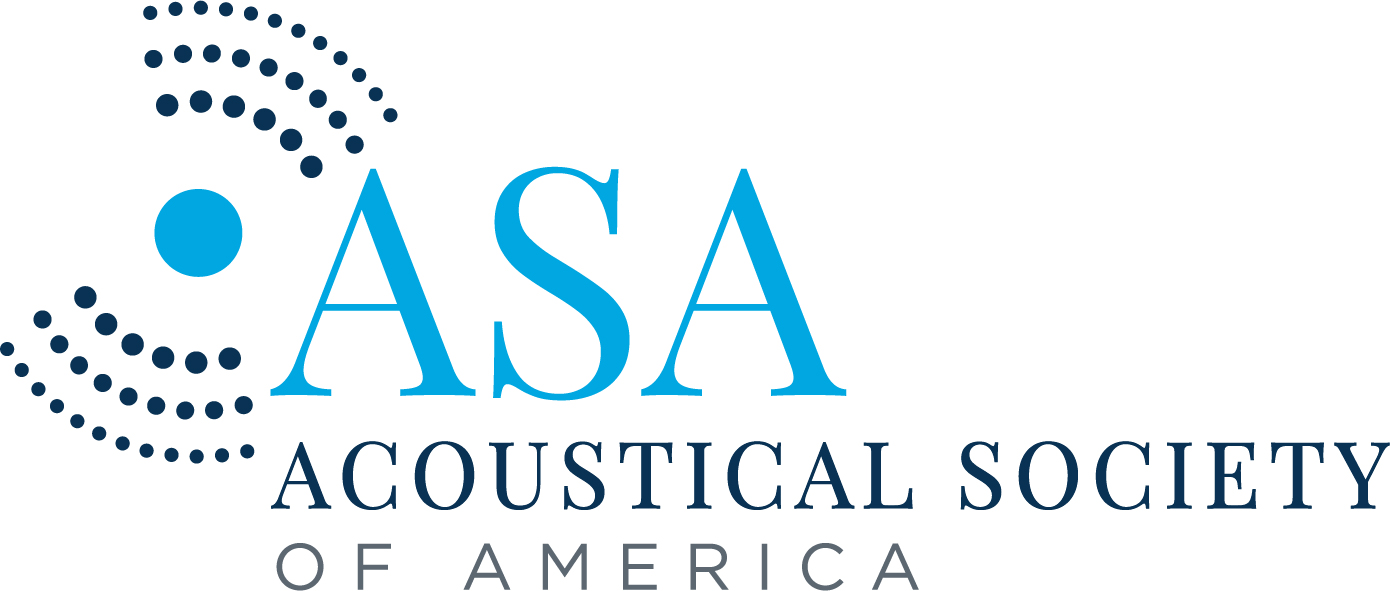Tools for shaping the sound of the future city in virtual reality
Christian Dreier – cdr@akustik.rwth-aachen.de
Institute for Hearing Technology and Acoustics
RWTH Aachen University
Aachen, Northrhine-Westfalia 52064
Germany
– Christian Dreier (lead author, LinkedIn: Christian Dreier)
– Rouben Rehman
– Josep Llorca-Bofí (LinkedIn: Josep Llorca Bofí, X: @Josepllorcabofi, Instagram: @josep.llorca.bofi)
– Jonas Heck (LinkedIn: Jonas Heck)
– Michael Vorländer (LinkedIn: Michael Vorländer)
Popular version of 3aAAb9 – Perceptual study on combined real-time traffic sound auralization and visualization
Presented at the 186th ASA Meeting
Read the abstract at https://doi.org/10.1121/10.0027232
–The research described in this Acoustics Lay Language Paper may not have yet been peer reviewed–
“One man’s noise is another man’s signal”. This famous quote by Edward Ng from a 1990’s New York Times article breaks down a major learning from noise research. A rule of thumb within noise research states the community response to noise, when asked for “annoyance” ratings, is said to be statistically explained only to one third by acoustic factors (like the well-known A-weighted sound pressure level, which can be found on household devices as “dB(A)” information). Referring to Ng’s quote, another third is explained by non-acoustic, personal or social variables, whereas the last third cannot be explained according to the current state of research.
Noise reduction in built urban environments is an important goal for urban planners, as noise is not only a cause of cardio-vascular diseases, but also affects learning and work performance in schools and offices. To achieve this goal, a number of solutions are available, ranging from switching to electrified public transport, speed limits, traffic flow management or masking of annoyant noise by pleasant noise, for example fountains.
In our research, we develop a tool for making the sound of virtual urban scenery audible and visible. From its visual appearance, the result is comparable to a computer game, with the difference that the acoustic simulation is physics-based, a technique that is called auralization. The research software “Virtual Acoustics” simulates the entire physical “history” of a sound wave for producing an audible scene. Therefore, the sonic characteristics of traffic sound sources (cars, motorcycles, aircraft) are modeled, the sound wave’s interaction with different materials at building and ground surfaces are calculated, and human hearing is considered.
You might have recognized a lightning strike sounding dull when being far away and bright when being close, respectively. The same applies for aircraft sound too. In an according study, we auralized the sound of an aircraft for different weather conditions. A 360° video compares how the same aircraft typically sounds during summer, autumn and winter when the acoustical changes due to the weather conditions are considered (use headphones for full experience!)
In another work we prepared a freely available project template for using Virtual Acoustics. Therefore, we acoustically and graphically modeled the IHTApark, that is located next to the Institute for Hearing Technology and Acoustics (IHTA): https://www.openstreetmap.org/#map=18/50.78070/6.06680.
In our latest experiment, we focused on the perception of especially annoyant traffic sound events. Therefore, we presented the traffic situations by using virtual reality headsets and asked the participants to assess them. How (un)pleasant would be the drone for you during a walk in the IHTApark?

 Image courtesy of Rob Hamilton.
Image courtesy of Rob Hamilton. Introduction
Introduction